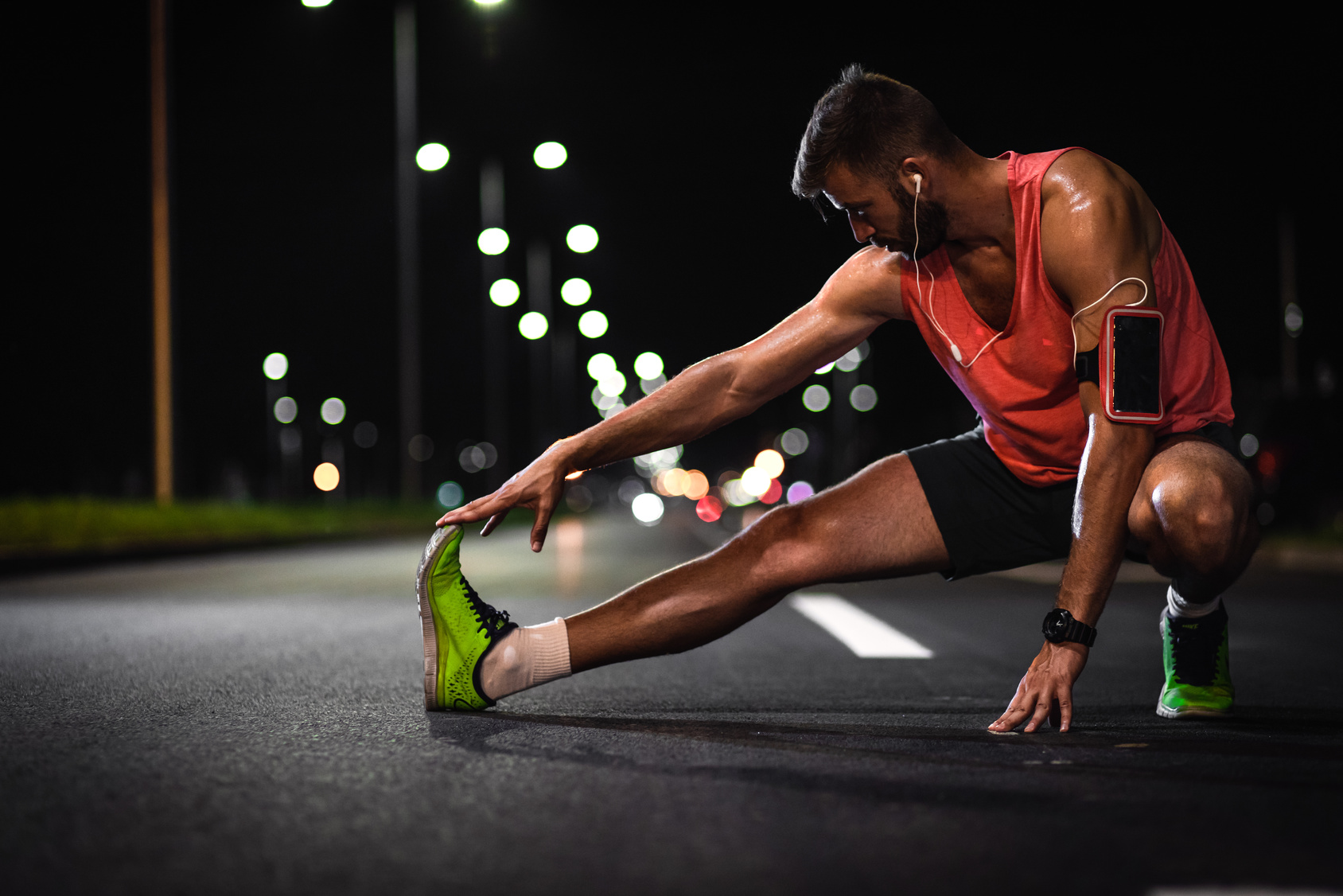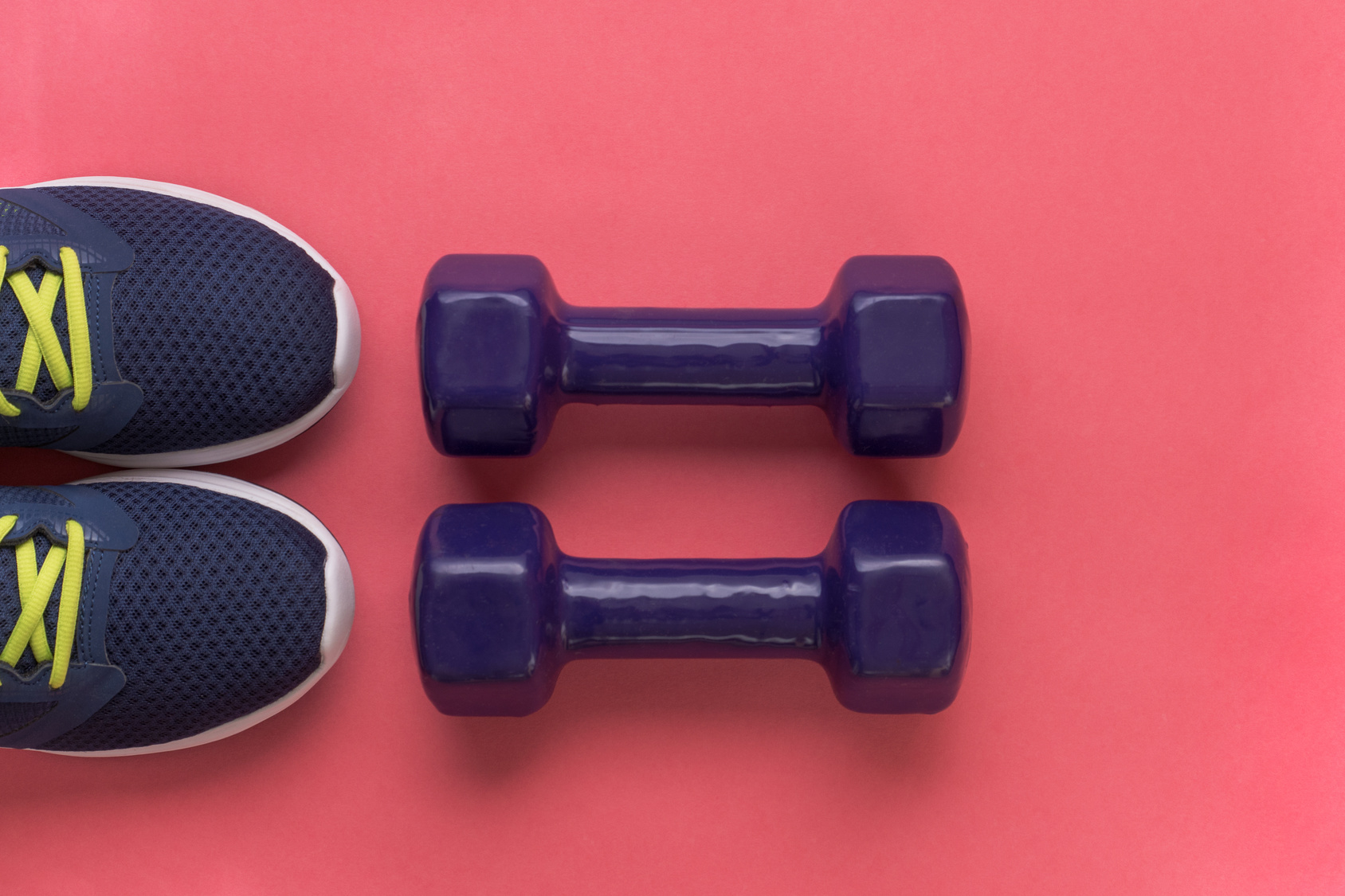Do your ears hurt when you run? Then you’ve come to the right place.
If you’ve been running for a while, then you’re familiar with the occasional soreness in the feet, legs, knees, hips, or back.
In fact, you might even have had your fair share of pain from the runner’s knee, shin splints, and ITBS.
These are common overuse injuries from repeated use—or overuse. You can find plenty of information both on this blog and other websites on how to treat and prevent overuse injuries.
But what about ear pair while running?
Here’s the truth. One less-than-common yet super important region in the body that doesn’t get much attention are the ears.
This might seem entirely unrelated to running, but according to my experience as a runner and running coach, painful ears—both during or after—are relatively a common issue.
Fret no more.
In this article, I’ll explain several potential causes of ear pain in runners, along with guidelines on preventing and treating the pain so you can run more comfortably.
The Main Reason Your Ears Might Hurt During/After Running
Ear pain is often caused by a change of pressure within the inner ear. This can be triggered by different and often small changes in your biology and/or environment.
The human ear is highly sensitive and prone to such pressure fluctuation, which can be blamed on many variables, such as blood vessel contraction, muscle tension, weather, etc.
Here’s a list of reasons you might have ear pain during or after a run. Check through the symptoms and see if it matches your case.
Additional guide – Here’s how to breathe when running in the cold
Cold Temperature
If ear pain only strikes during outdoor runs, it’s likely an extrenal factor (or factors) at work. This is especially the case when running during the cold season.
You can tell if your ear pain comes from wind and cold if you only experience the pain during your outdoor winter runs.
How come?
Your ear is exposed to cold air, which can get into your ear canal.
Since the nerves within your ear canal are not protected by skin, exposure to cold air can cause a strong and painful reaction. The moment the cold air reaches your eardrum, pain follows.
That’s not the whole story. If your head is cold, it can trigger muscle cramps in your neck, leading to ear discomfort, such as tinnitus—the ringing in the ears.
The solution
First, make sure that your pain is caused by the cold. If it’s the case, try wearing a hat or ear warmers to protect your ears from the elements. Both of these items can keep your ears protected, even in very extreme temperatures.
Not enough?
Get a proper pair of earmuffs, a thick beanie, or a buff that shields your ears from the cold, then see if the problem goes away.
Additional resource – Can you run with a broken toe?
Ill-Fitting Earbuds
Do you often listen to music while running? If yes, then you’re likely dealing with ill-fitting earbuds.
Although music can help a lot, ill-fitting earbuds can put pressure on your ear, leading to pain.
So how do you make sure?
Simple. Do a simple test during your next run. All you have to do is to leave your earbuds at home. Feeling no pain? Then the earbuds will likely be behind it.
The Solution
Once you’re sure that your earbuds are the culprit, it’s time to try some new earbuds and see if your pain has gone away. Most likely, it will.
As a rule, choose earbuds that fit snugly in your ears but are not too tight.
When looking for earbuds, choose ones that fit snugly in your ears and don’t slip out easily. But keep in mind that ears should allow for airflow in and out of your ears instead of suctioning themselves in.
To ensure proper fit, choose a product that includes a variety of earbud tip sizes. You should also test out each size before choosing the best fit.
What’s more?
Remember to clean your earbuds after rot use to avoid bacterial build-up, therefore, smells, and possible ear infections.
Loud Music
To get motivated for a hard run, you may feel tempted to crank up the tunes to an ear-splitting level. When you do this over the miles, you have the perfect recipe for ear pain, even irreversible noise-induced hearing loss.
Even earbuds of the ideal size cannot help your ears if the problem lies in the volume of your music.
The Solution
I hate to state the obvious, but the best way to prevent ear pain from loud music is to keep the music down and follow the volume warnings on your music device.
This helps protect your ear from damage and makes it safer when running outdoors. In addition, you’ll need your ears to alert you of any incoming danger, as missing the sound of oncoming traffic can be lethal.
What’s more?
I recommend using wireless earbuds with active noise cancellation (ANC) design.
My advice?
Instead of music, try to tune in to podcasts or audiobooks, which may call for lower volume.
Additional resource – Guide to big toe pain from running
GERD
Experience ear pain during running only after eating acidic food? Then you’re dealing with GERD.
Gastroesophageal reflux disease (GERD) is a condition in which the stomach’s content is forced to back up into the esophagus (stomach pipe), leading to heartburn.
In addition to nausea, chest pain, a lump in the throat, burning sensation in the chest, especially after eating, difficulty swallowing, and coughing, some people may also develop ear pain.
Surveys show that about 40 percent of people with GERD report ear pain during exercise due to disruption of stomach content.
Untreated, GERD may even cause period ear problems.
Additional Resource – Here’s the full guide lower abdominal pain while running.
The Solution
Avoid acidic foods like citrus and tomatoes in the hours before your workout. Some non-acidic foods might cause GERD, such as mint and garlic.
You should also consult your doctor if you have a history of GERD.
Remember that GERD can be serious and even lead to permanent hearing loss, so it’s important to get yourself treated as soon as possible.
Additional Resource – Here’s how to stop feeling nauseous after running.
Jaw Tightness
A common mistake many runners make is clenching the jaw while running. This can cause pain in the jaw, which extends to the neck, teeth, and ears.
Even if you’re not clenching your jaw while running, it could lead to ear pain if you’re currently experiencing more stress than usual.
The Solution
Keep your facial muscles relaxed while running.
If you start experiencing pain, slow down, relax your face, and get back to your pace while keeping your face relaxed.
You can also try massaging your ears before running to improve blood flow and soothe pressure.
You should also address any stress-inducing causes in your life, as well as practicing some relaxation techniques such as meditation, deep breathing, or yoga to help you feel calmer.
Additional resource – Your guide to runners cough
Blood Vessel Constriction
Tend to run often outdoors in sub-freezing temperatures? Then you might experience vasoconstriction, which is the constricting of blood vessels, similar to cold ears.
Your blood vessels can get constricted while running hard, especially in cold weather or at high altitude.
Often common among long-distance runners, vasoconstriction can cause serious pain in the ears. The pain is worse when running in cold wither or
The Solution
There aren’t many measures to take to avoid vasoconstriction other than keeping your ears warm and steering clear of altitude training.
So, remember to protect your ears from the elements. Wear a head band or hat when running or exercising in cold weather. Make it a rule.
If the pain persists, consider moving your workouts indoors.
Ruptured Eardrum
Experiencing temporary hearing loss? Then you’re dealing with a ruptured eardrum
Another common cause of ear pain is a ruptured eardrum, a condition with a tear or hole in the thin tissue that separates the ear canal from the eardrum (the middle ear).
Although a ruptured eardrum isn’t caused by running, logging the miles—and exercise generally—can worsen the pain. Not only that, any sweat or moisture that makes its way to your ear can trigger pain from a ruptured eardrum.
And the pain will also be present when not exercising.
Common culprits include loud sounds, sudden changes in air pressure, ear infections, severe head trauma, or small objects shoved into the ear.
The Solution
If you suspect a ruptured eardrum, you should visit a doctor immediately to diagnose the problem. Cases of rupture eardrums should be treated ASAP.
As a runner, you should stop exercising immediately and get the necessary medical care.
Otherwise, you’ll just make things worse for yourself, and you don’t want that.
Right?
Additional resource – Sore quads after running
Consult your Doctor
If you’ve covered all bases but are still dealing with ear pain during or after exercise, then it’s time to consult a doctor to get at the root cause of the issue.
Conclusion
There you have it!
If you often experience ear pain while running, then today’s article should set you off on the right path. The rest is just details.
Thank you for dropping by.
Have a great day.















